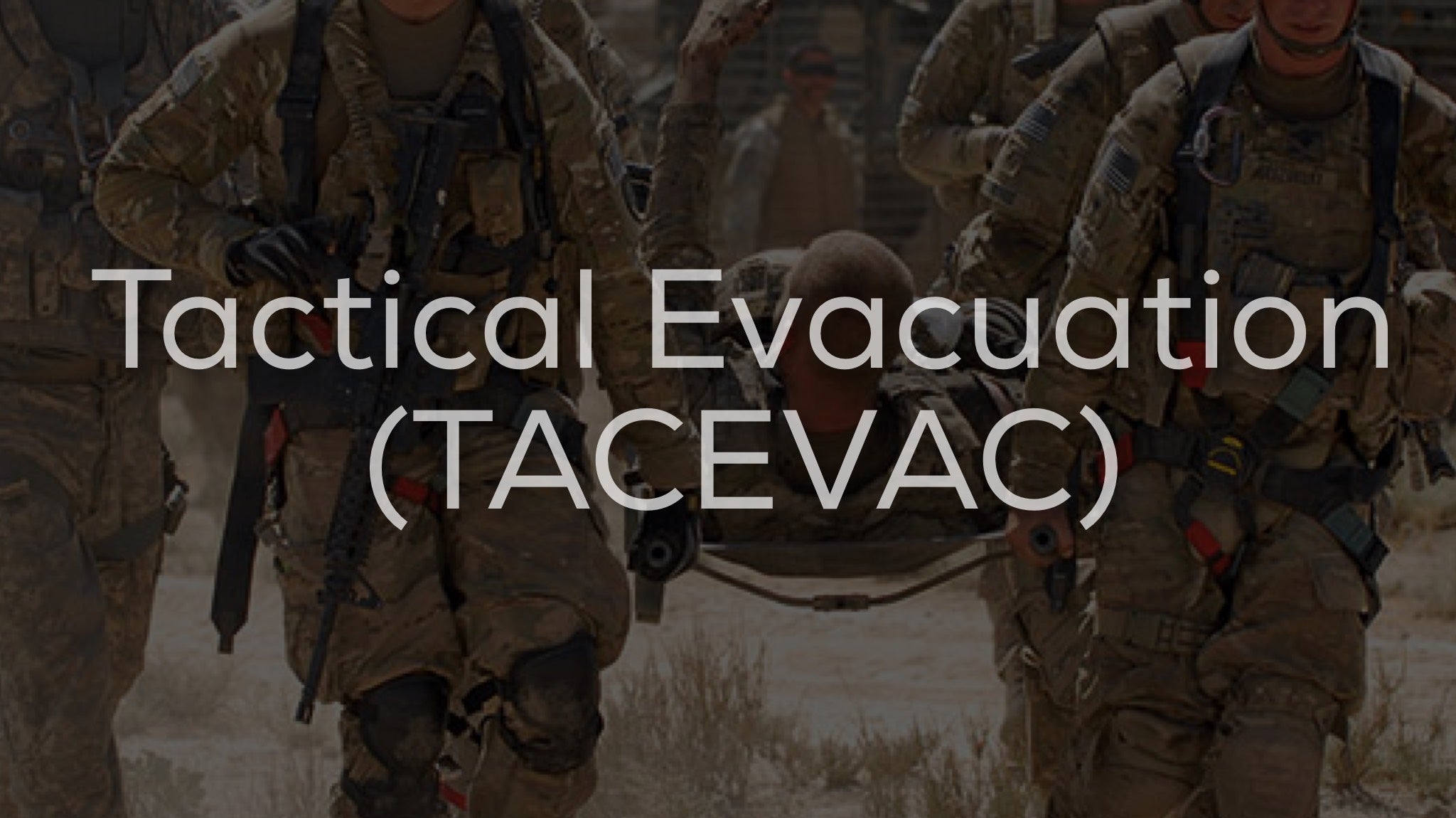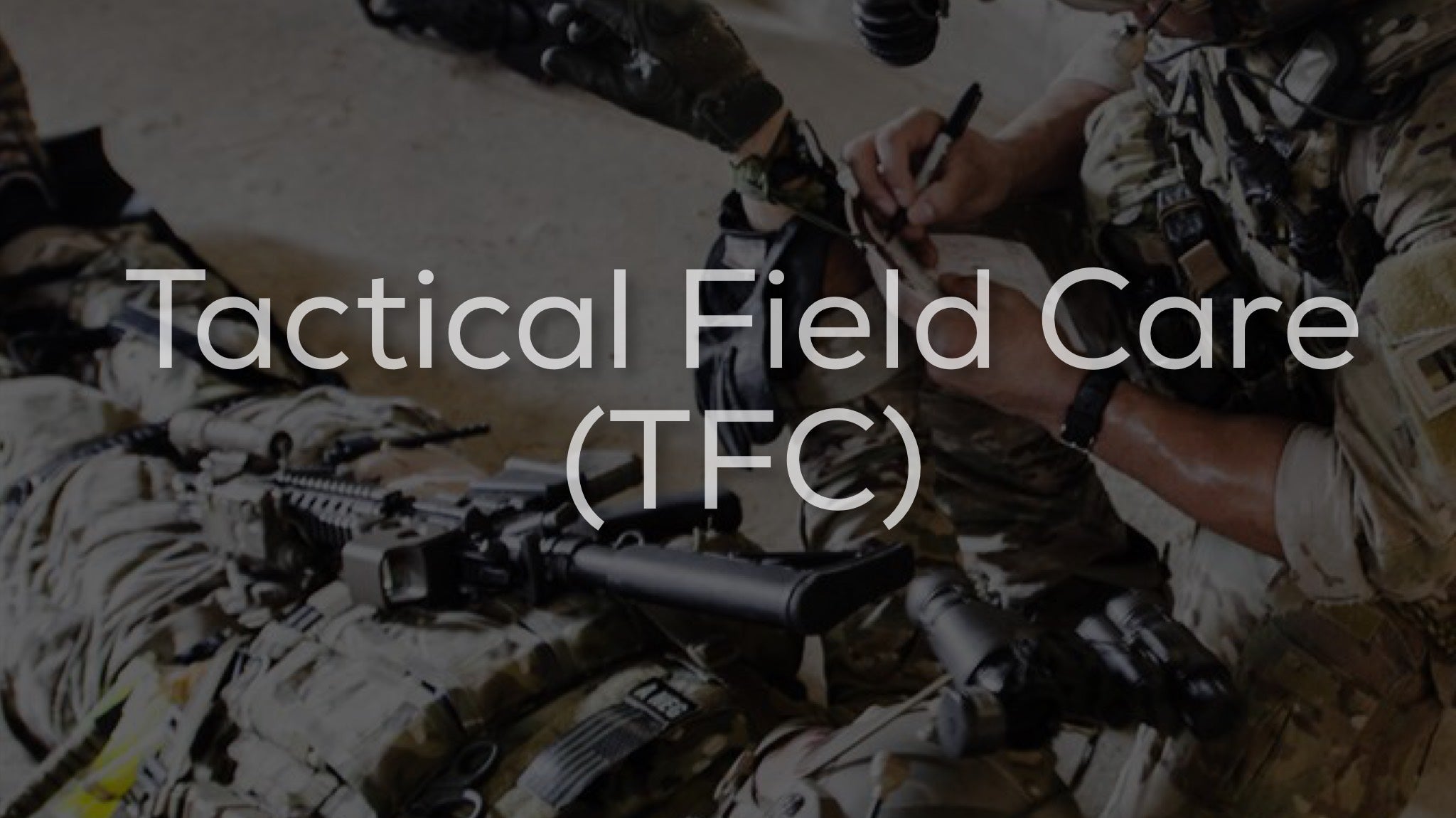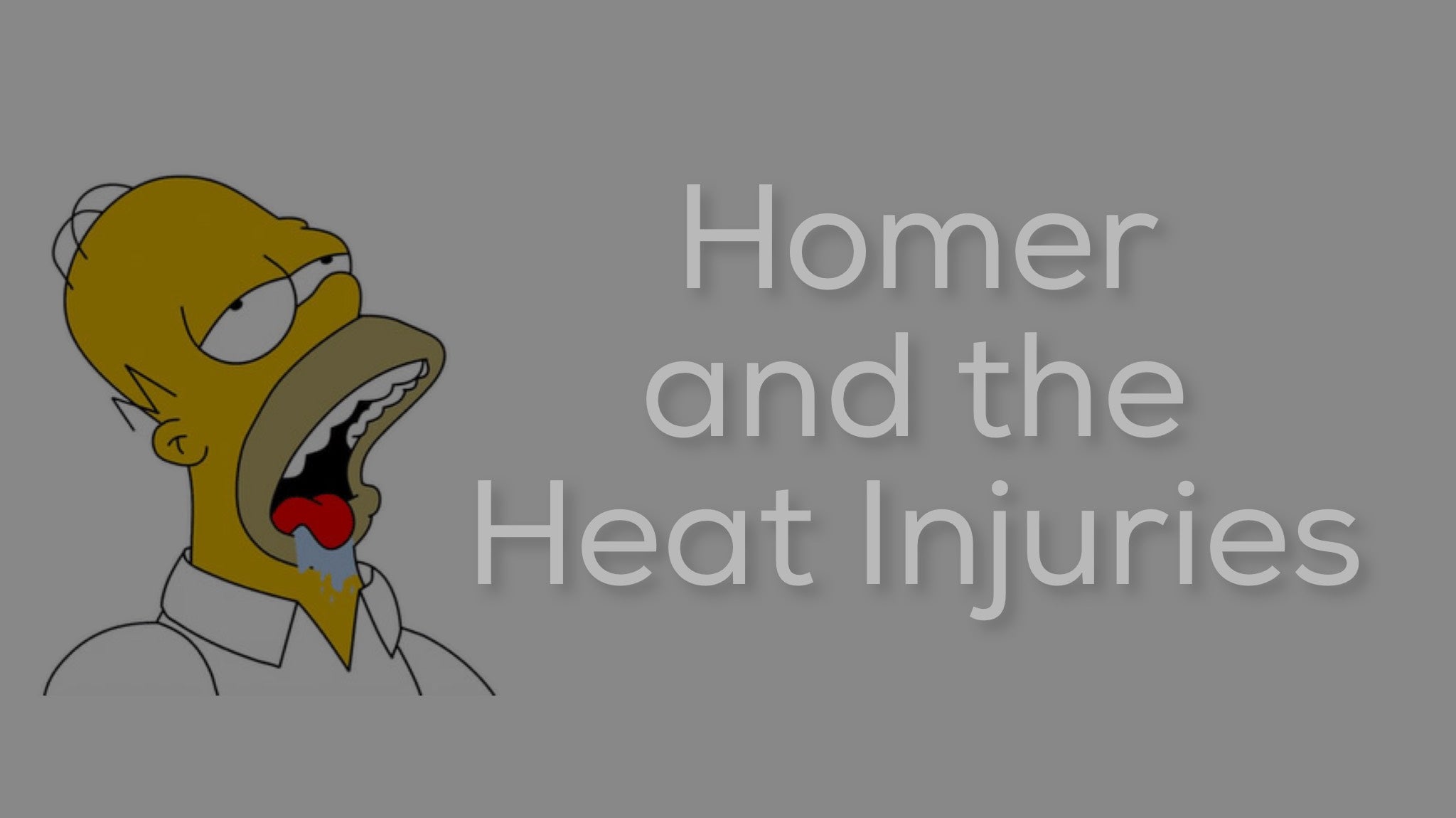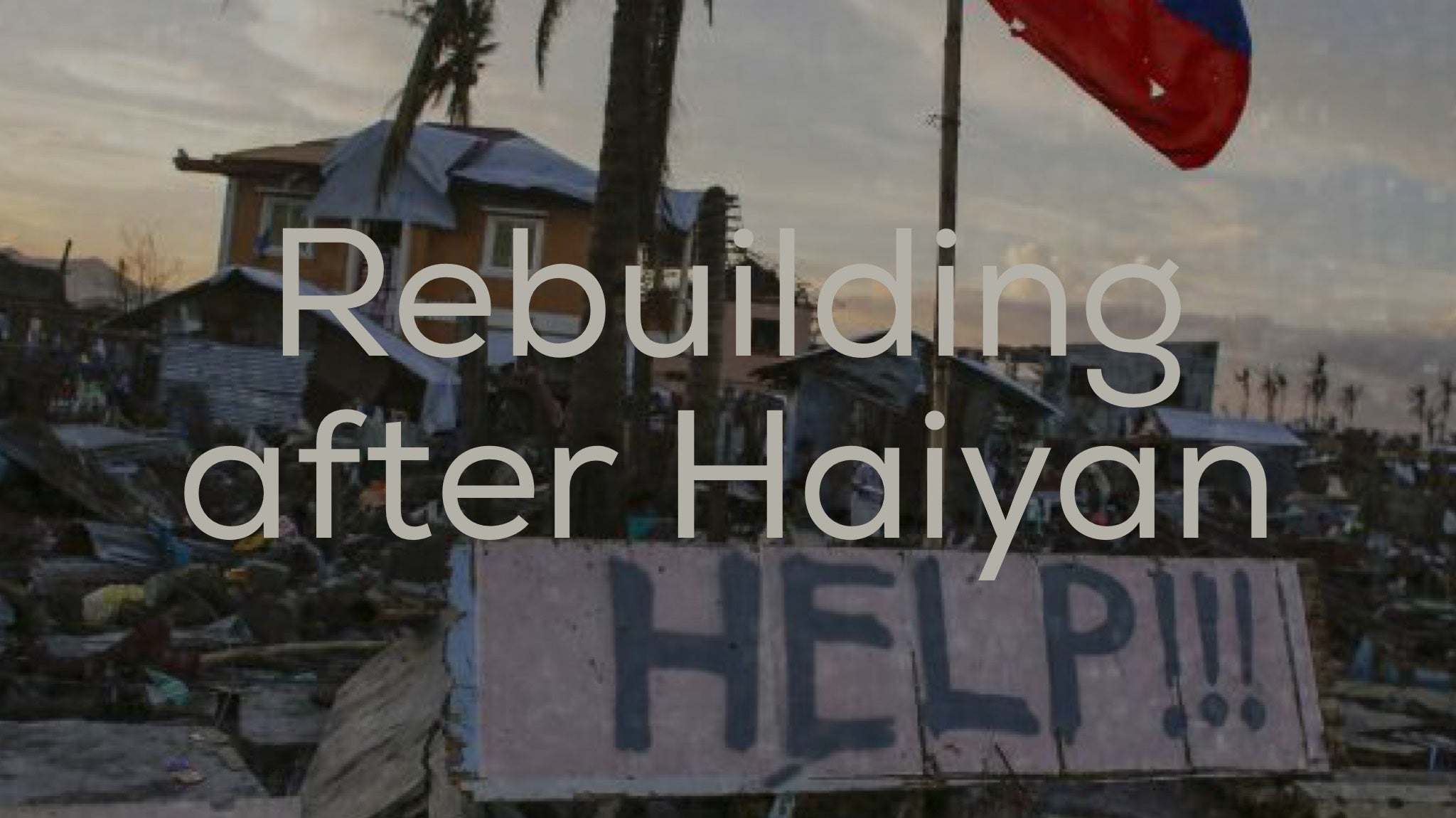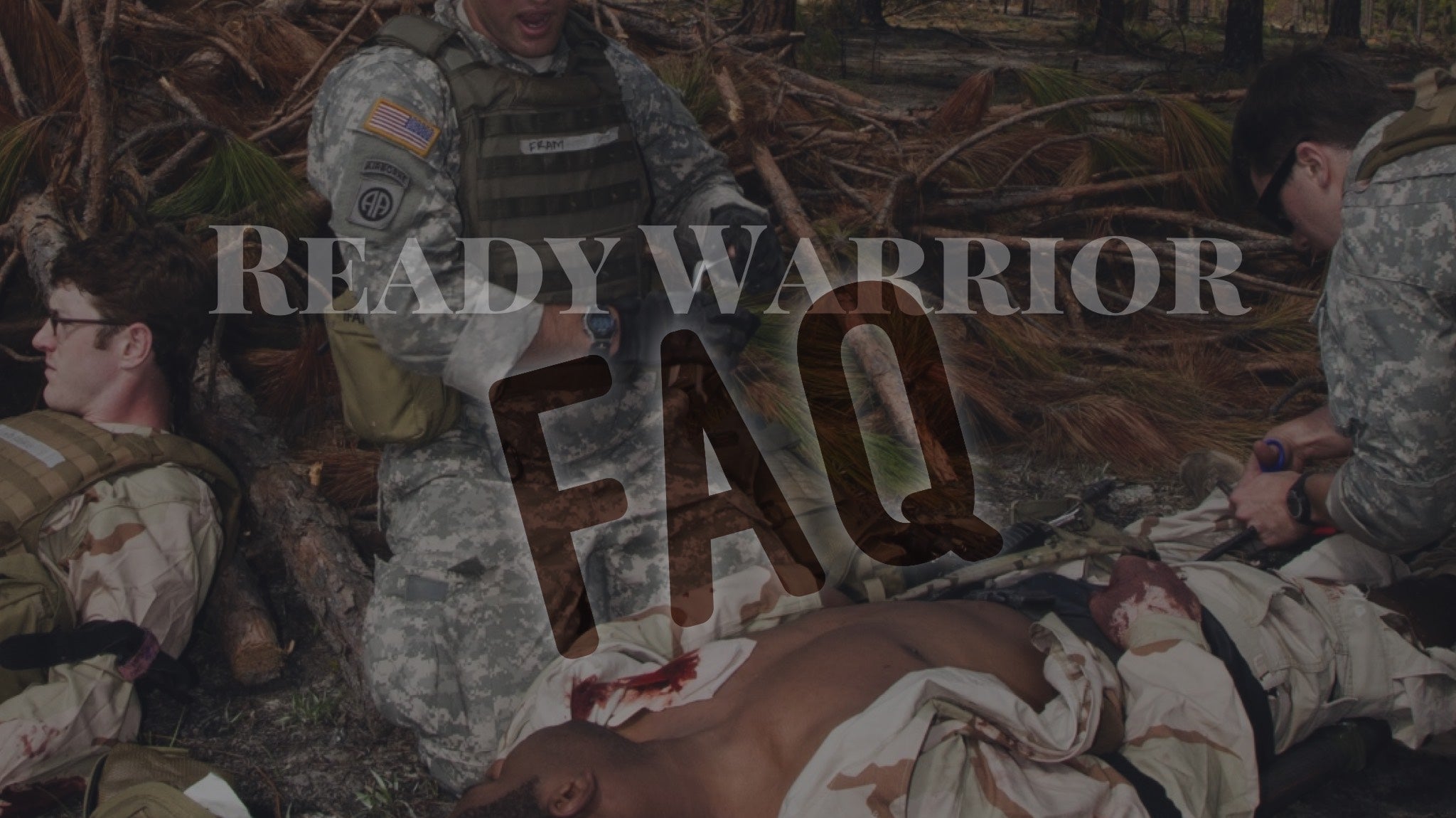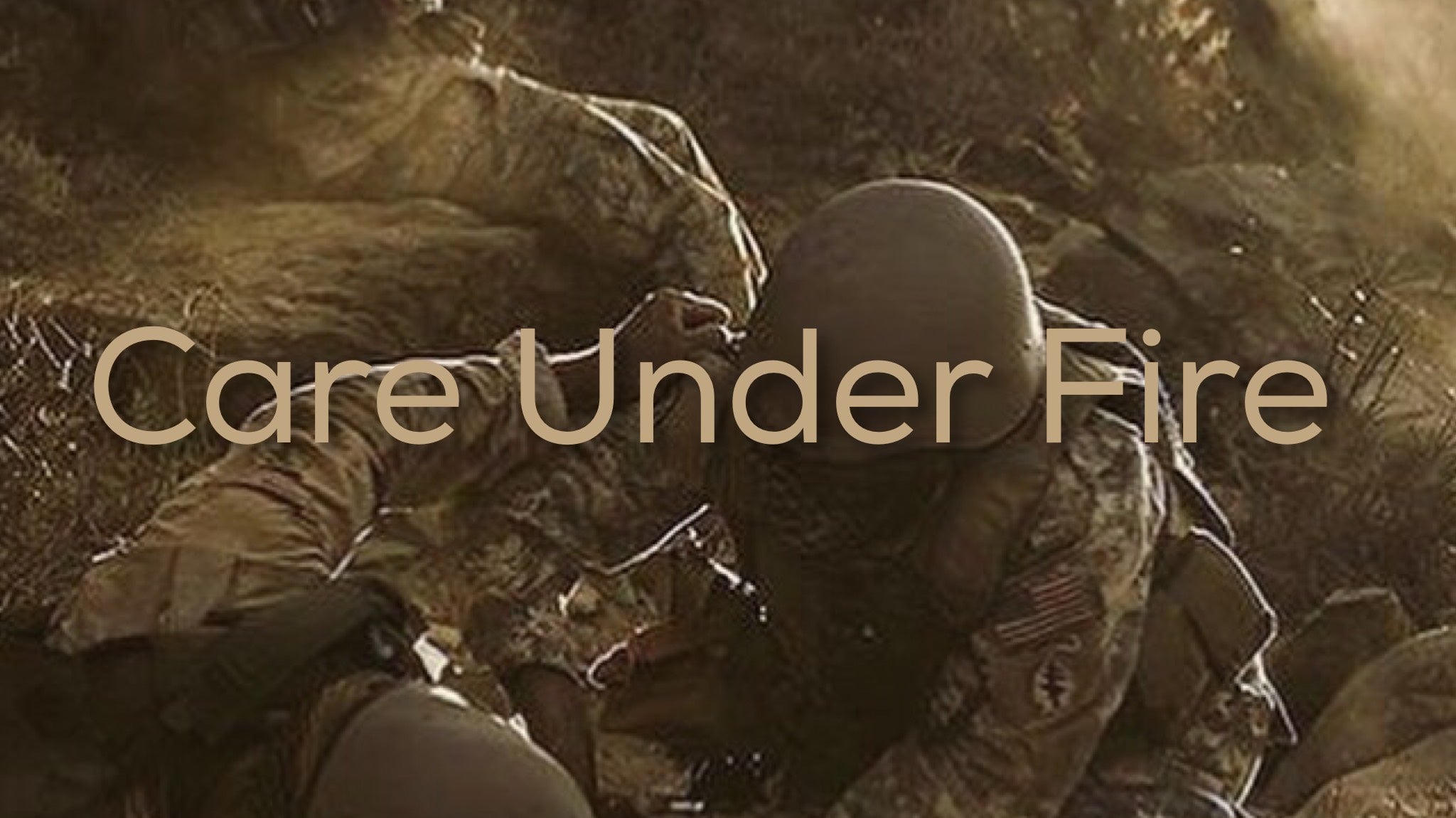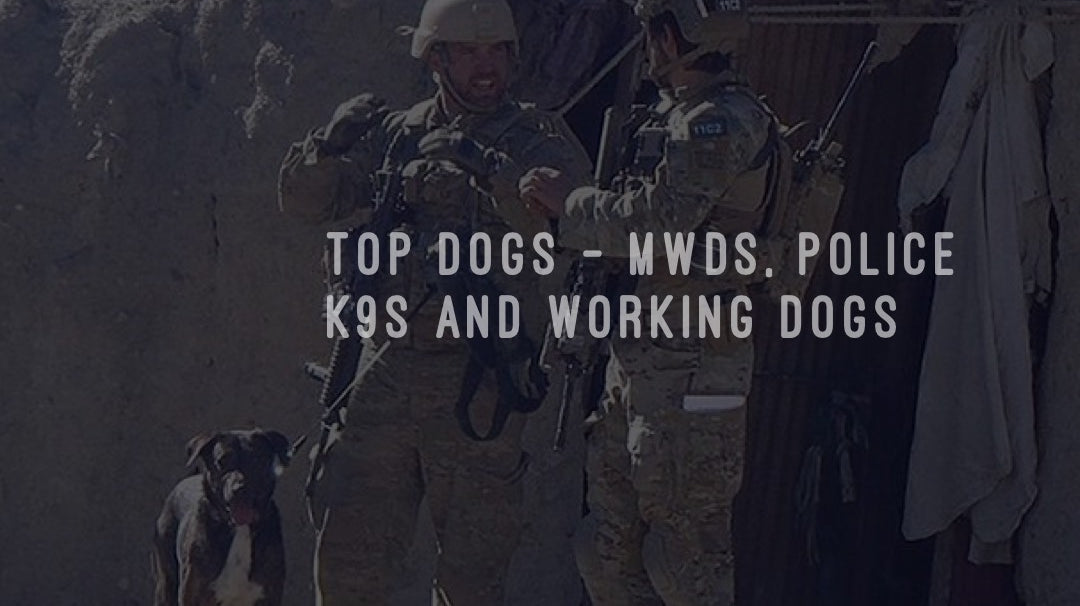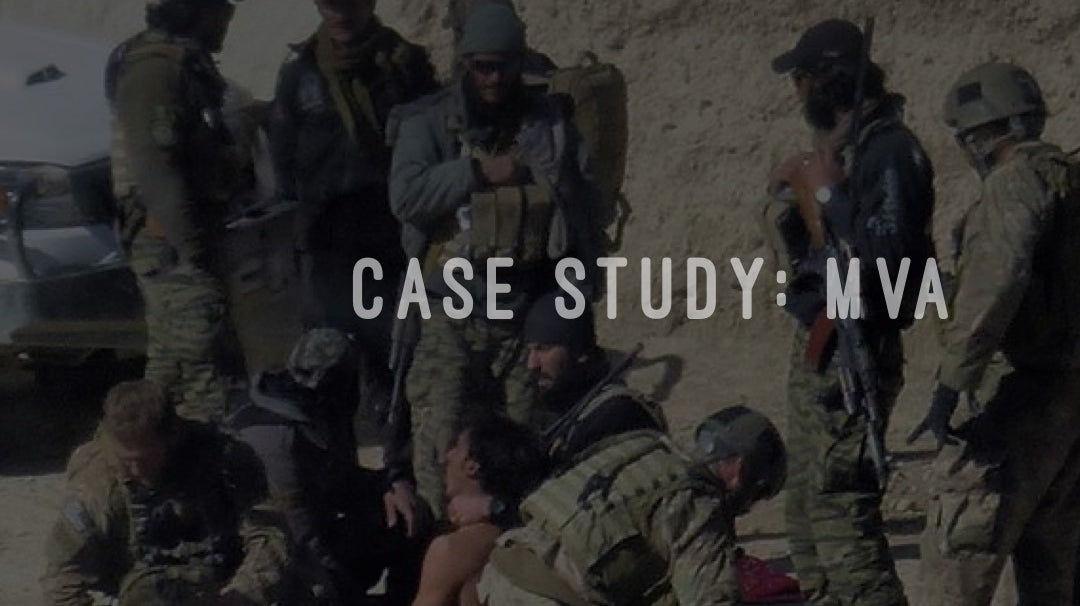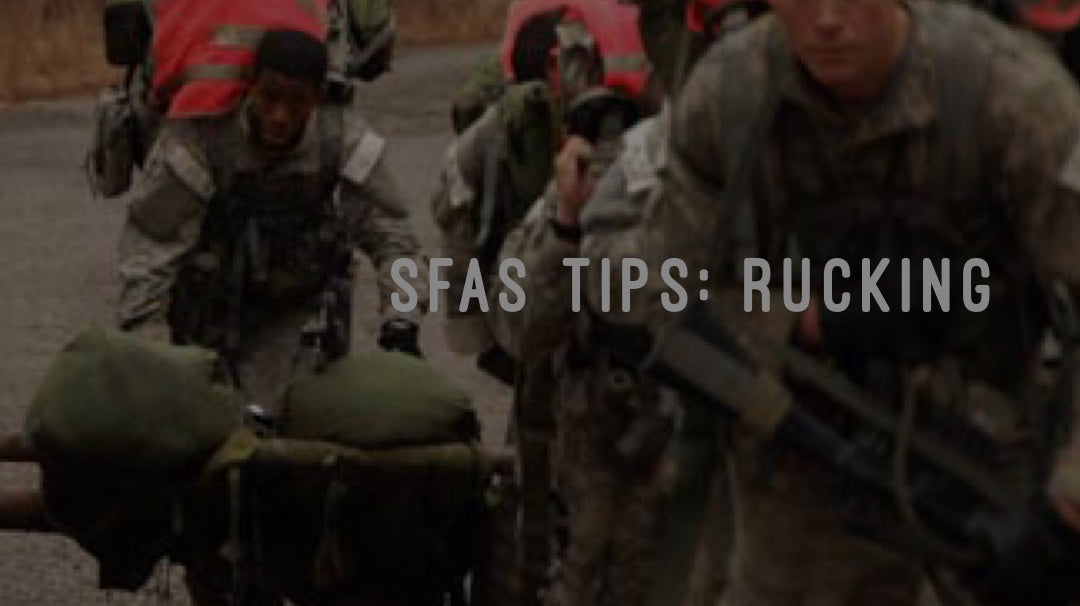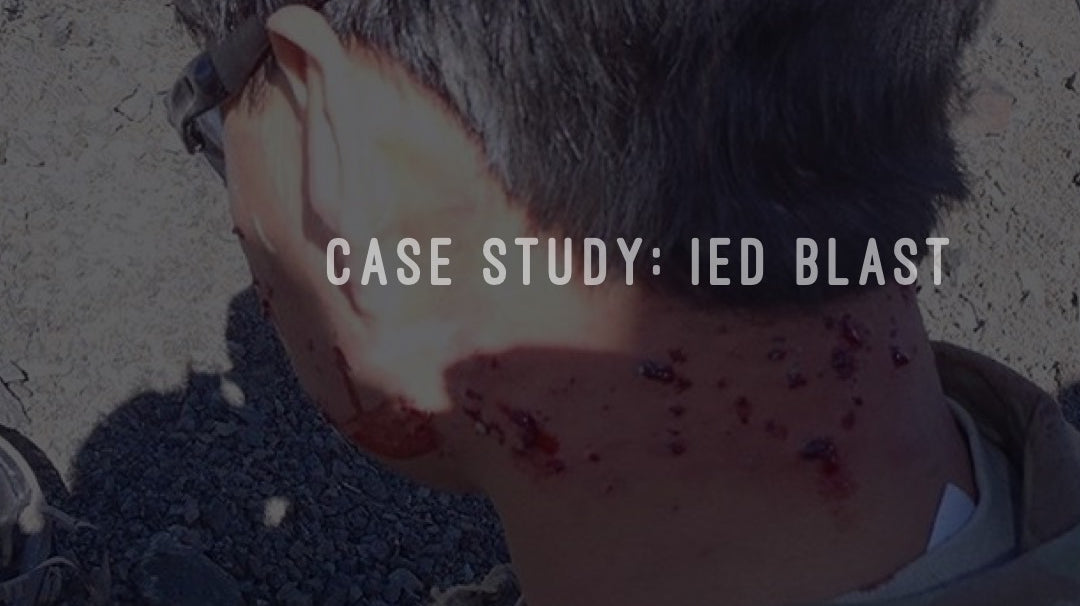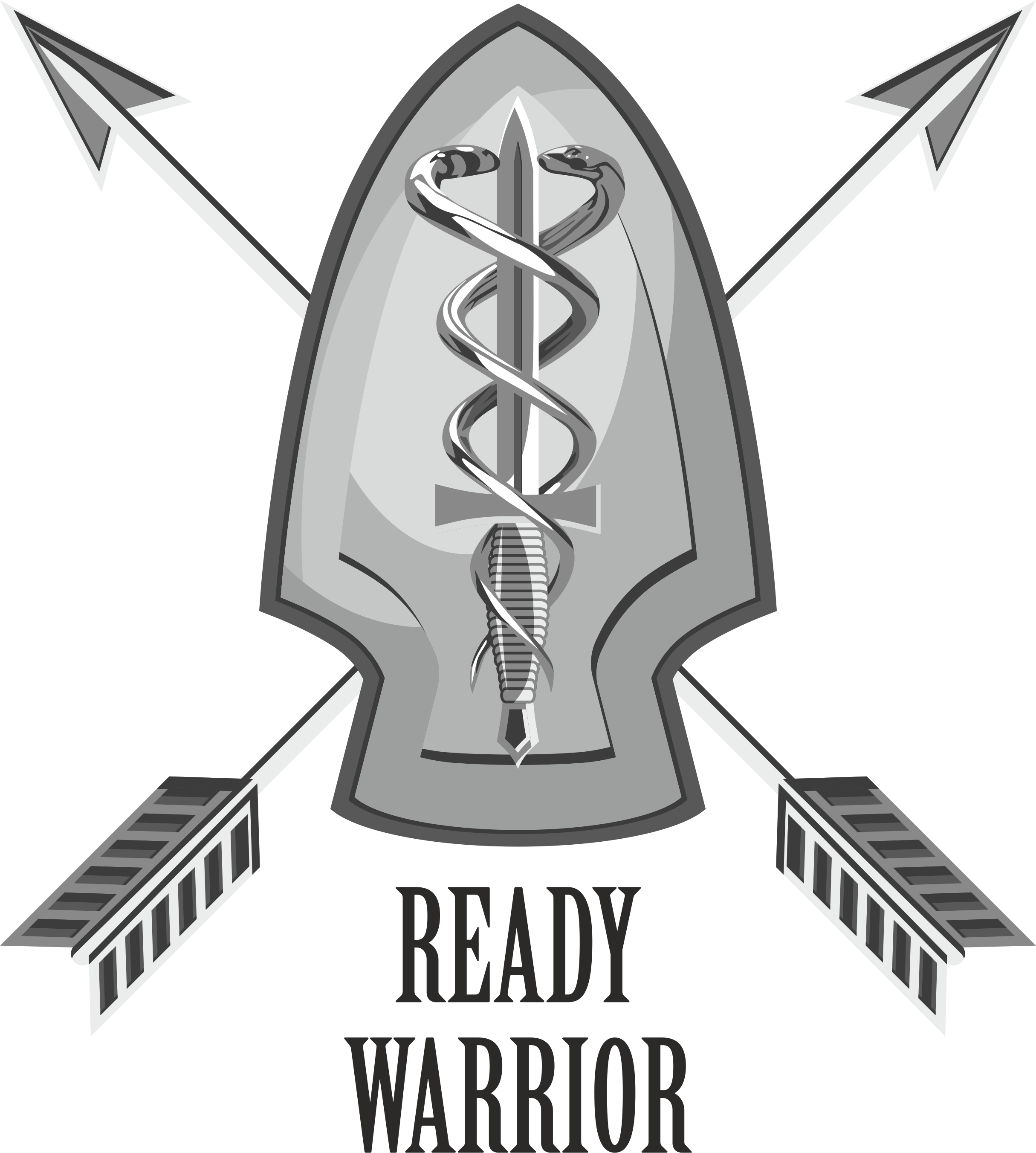The Silver Bullet Blog
Tactical Evacuation (TACEVAC)
Tactical Evacuation (TACEVAC) - This term refers to both CASEVAC and MEDEVAC. When we were in Afghanistan, there was a particular mission where we had a strong suspicion that it was...
Tactical Field Care (TFC)
Tactical Field Care (TFC) comes after the Care Under Fire (CUF) portion of TCCC. To sum up Care Under Fire, it’s essentially “Return fire and take cover, tell casualty to...
Homer and the Heat Injuries
During your career as a military medic, you will encounter a heat injury. It’s guaranteed. The first time I encountered it as a medic I had only been out of...
Rebuilding after Haiyan
When you think of SF, operators and intense gunfights tend to come to mind. We are operators and we love our gunfights (and do them well) but some of the most...
Ready Warrior FAQ 1
Every day we receive numerous emails, DMs and messages with questions about Selection (SFAS), the 18D course and more! It is great and we love hearing from our Ready Warriors but it...
Care Under Fire (CUF)
TCCC has 3 primary phases of care. Care Under Fire (CUF), Tactical Field Care (TFC) and Tactical Evacuation Care (TEC). Over the next few weeks, we will be examining these...
I Let A Man Die
I let a man die. I was not yet a Green Beret Medic, nor was I a licensed medical professional, but I was directly responsible for a young man’s death....
Top Dogs - MWDs, Police K9s and Working Dogs
Military Working Dogs, or MWD's have been used as far back in recorded history as 600 B.C. War dogs, such as a now-extinct cousin of the Mastiff, were used to...
Case Study: MVA
Back Story: We were assured that no one ever went to this particular village without getting into a fight, so were determined to go and get our fair share that...
Case Study: IED Blast
Thank you to everyone who commented about what they believed the appropriate course of action was for the injury shown on the IG page. Here is the COA I...

